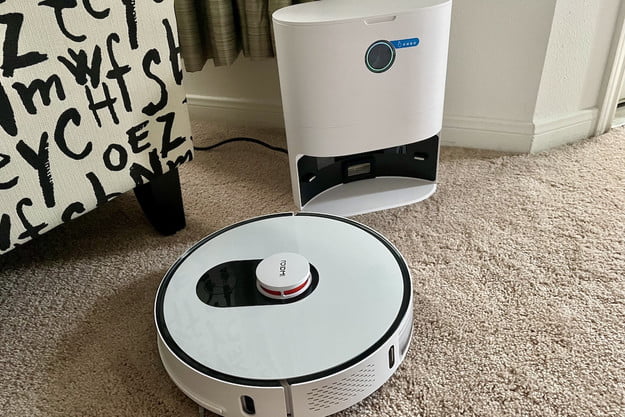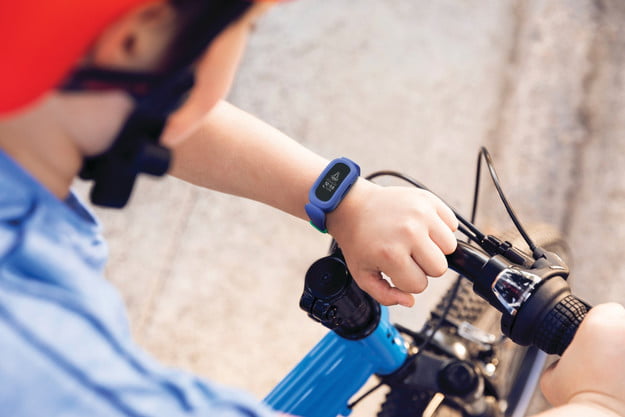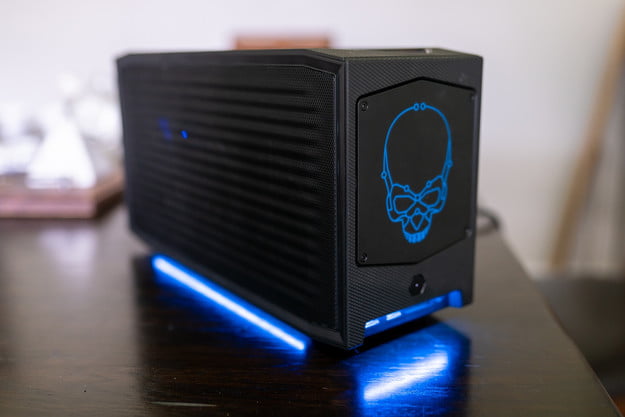Celiac Disease: Symptoms, Causes & Treatments
Celiac disease is a condition in which the immune system reacts to gluten. Well what is gluten? Gluten is a protein found in wheat, barley, etc.
Celiac disease is also known as
- Sprue
- non-tropical sprue
- gluten sensitive enteropathy
Don't confuse yourself with gluten intolerance and celiac disease. When a person with celiac disease eats gluten, the person's immune system attacks their own body tissues. However, when a person is gluten intolerant, gluten intake causes short-term abdominal pain and gas.
In contrast to gluten intolerance, celiac disease damages the body in the long term.
What's the harm in celiac disease?
While the person has celiac disease, the immune response to gluten creates toxins that destroy the villi.
Villi are tiny finger-like protrusions in the small intestine. When it is damaged, the intestines cannot absorb the nutrients.
Symptoms of Celiac Disease
The symptoms of celiac disease vary from child to adult. Typically, unlike adults, children have more digestive-related symptoms.
Children can have the following symptoms:
- diarrhea
- fatigue
- Weight loss
- Flatulence and gas
- stomach pain
- Nausea and vomiting
- constipation
However, adults can have the following symptoms:
When to see a doctor
If you have diarrhea or indigestion that lasts for more than two weeks, contact your doctor.
See a doctor if your child is pale, irritable, or not growing, and has foul smelling, bulky stools.
Causes of Celiac Disease
More precisely, the exact cause is not known.
Gastrointestinal infections and intestinal bacteria can sometimes contribute.
Celiac Disease Complications
If left untreated, celiac disease and no control over gluten consumption can cause:
- When your villi become damaged, your body cannot absorb enough nutrients. This can lead to anemia and weight loss. This can seriously affect the growth of children.
- Malnutrition can lead to calcium and vitamin D deficiencies. This softens the bones in children and decreases bone density in adults. It can also lead to reproductive problems.
- Damage to the villi can lead to lactose intolerance.
- You are at a higher risk of developing multiple cancers if you don't eat a gluten-free diet.
How is Celiac Disease Diagnosed?
People with celiac disease often have high levels of anti-endomysium (EMA) and anti-tissue transglutaminase (tTGA) antibodies. These tests are a good way to start a diagnosis. These can be detected by blood tests. Tests are most reliable when done while gluten is still in the diet.
For people with DH, the doctor may recommend a skin biopsy or an internal biopsy for the final diagnosis.
How is Celiac Disease Treated?
Without getting around the bush, let's say it directly. There is no treatment for this. You need to avoid gluten from your diet to be comfortable and avoid complications.
if your gut is already damaged. Only eat a gluten-free diet. This allows the villi to heal and begin to properly absorb nutrients.
If you are struggling with symptoms, we recommend symptomatic treatment. Symptoms can improve within days after gluten is removed from the diet.
What to avoid in celiac disease
Avoid all preparations
- wheat
- spelt
- rye
- just
- triticale
- bulgur
- durum
- farina
- Wheat meal
- semolina







 Lazy summers are no longer what they used to be. Instead of spending the summer, strong men competed in the UK trying to break the world record in the deadlift.
Lazy summers are no longer what they used to be. Instead of spending the summer, strong men competed in the UK trying to break the world record in the deadlift.
 Frailty is a measure of the downside of aging; exercise is the remedy.
Frailty is a measure of the downside of aging; exercise is the remedy.















 Exercise changes your DNA, and your DNA thanks you.
Exercise changes your DNA, and your DNA thanks you.



 When the customer feels involved in the evaluation and programming process, they feel important and lead to better adoption and better results.
When the customer feels involved in the evaluation and programming process, they feel important and lead to better adoption and better results.